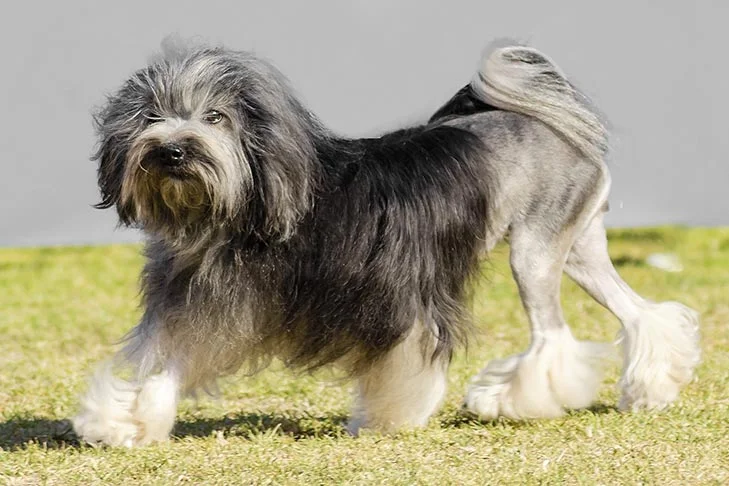The Löwchen, a companion dog whose name means ‘small lion,’ has been a favorite pet among Continental Europeans for more than 500 years. The non-shedding, portable Löwchen is supposed to be as friendly, energetic, and bold as a lion. Lwchen (the same single or plural) are small dogs with large hearts. They stand a little more than a foot tall at the shoulder. The coat is customarily kept in a ‘lion clip,’ with the hindquarters and tail cropped close to the skin. The overall effect is of a miniature lion, complete with a full mane and plumed tail. The coat is available in a variety of colors and color combinations. The dog behind the coat is strong and sturdy, but attractive and artfully balanced.
Löwchen
Average sizes and life
expectancy of the breed.
Height
12-14 inches
Weight
15 pounds
Life Expectancy
13-15 years
Breed Traits & Characteristics
About the Breed

Owning a dog is not just a privilege; it’s a responsibility. They depend on us for, at minimum, food and shelter, and deserve much more. When you take a dog into your life, you need to understand the commitment that dog ownership entails.
 Health
Health
Recommended Health Tests From the National Breed Club:
- Patella Evaluation
- Hip Evaluation
- Ophthalmologist Evaluation
 Grooming
Grooming
 Exercise
Exercise
 Training
Training
 Nutrition
Nutrition
History
Löwchen origins have long been debated, with historians unable to agree on the breed’s origination. Although the name is German, Löwchen have been popular among noblewomen in France, Italy, Holland, Spain, and Russia since the Middle Ages. Löwchen are descended from the same old line that produced companion breeds such as the Bichon Frise and Maltese, and we know that the Löwchen look hasn’t changed for at least 500 years because to sightings in Renaissance paintings from numerous nations.


